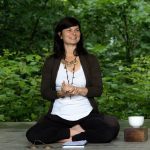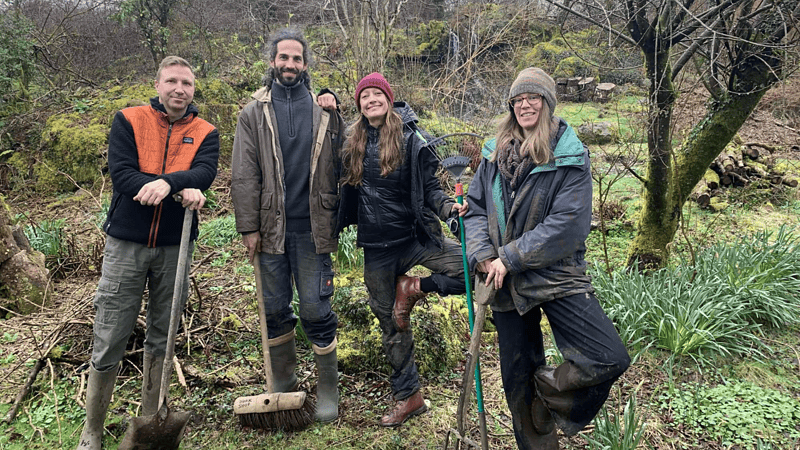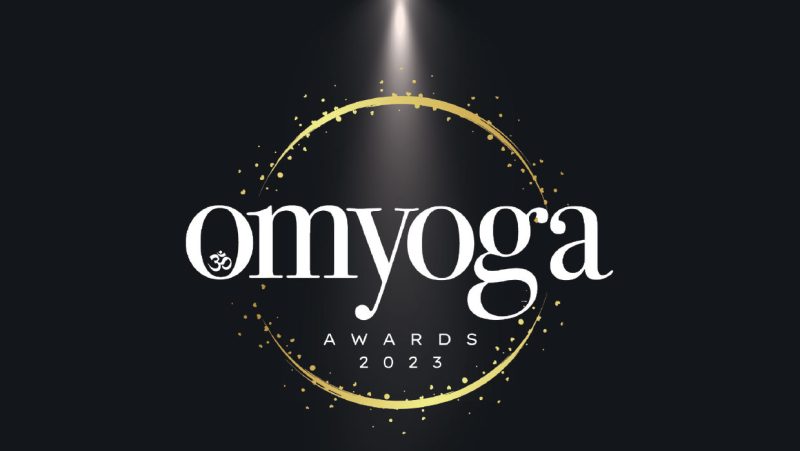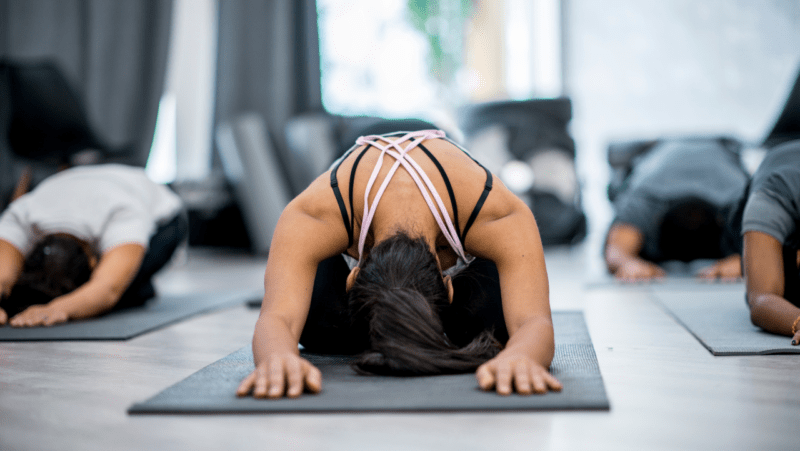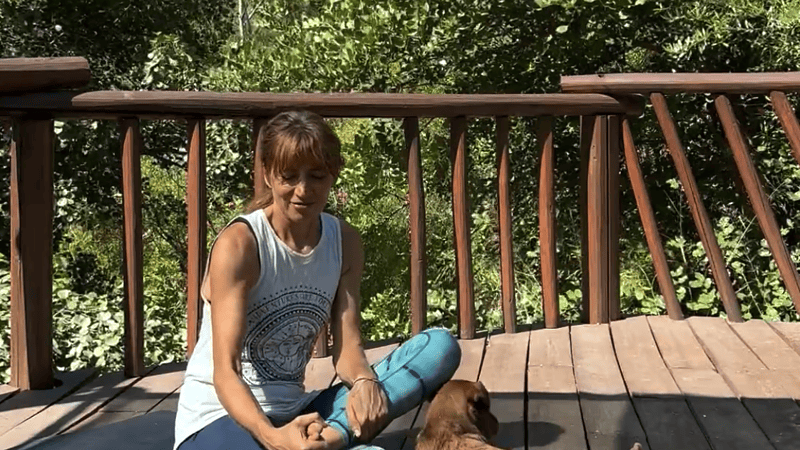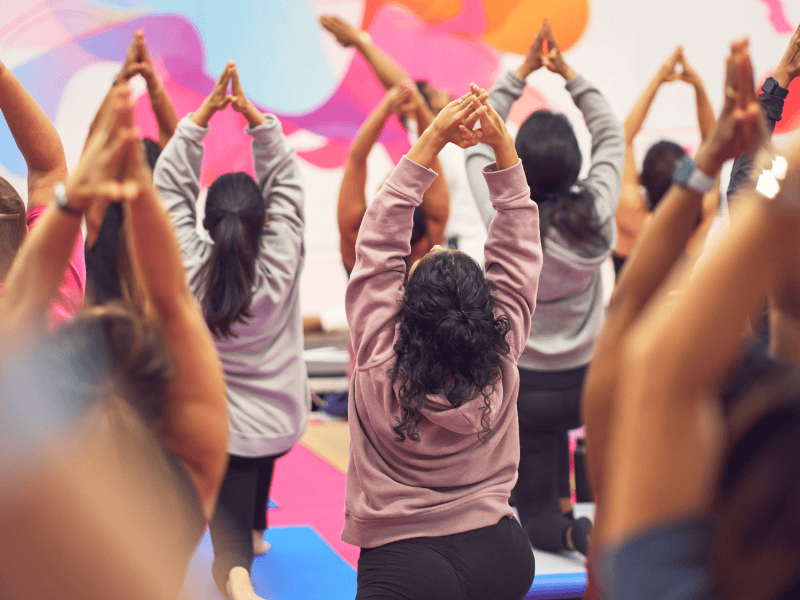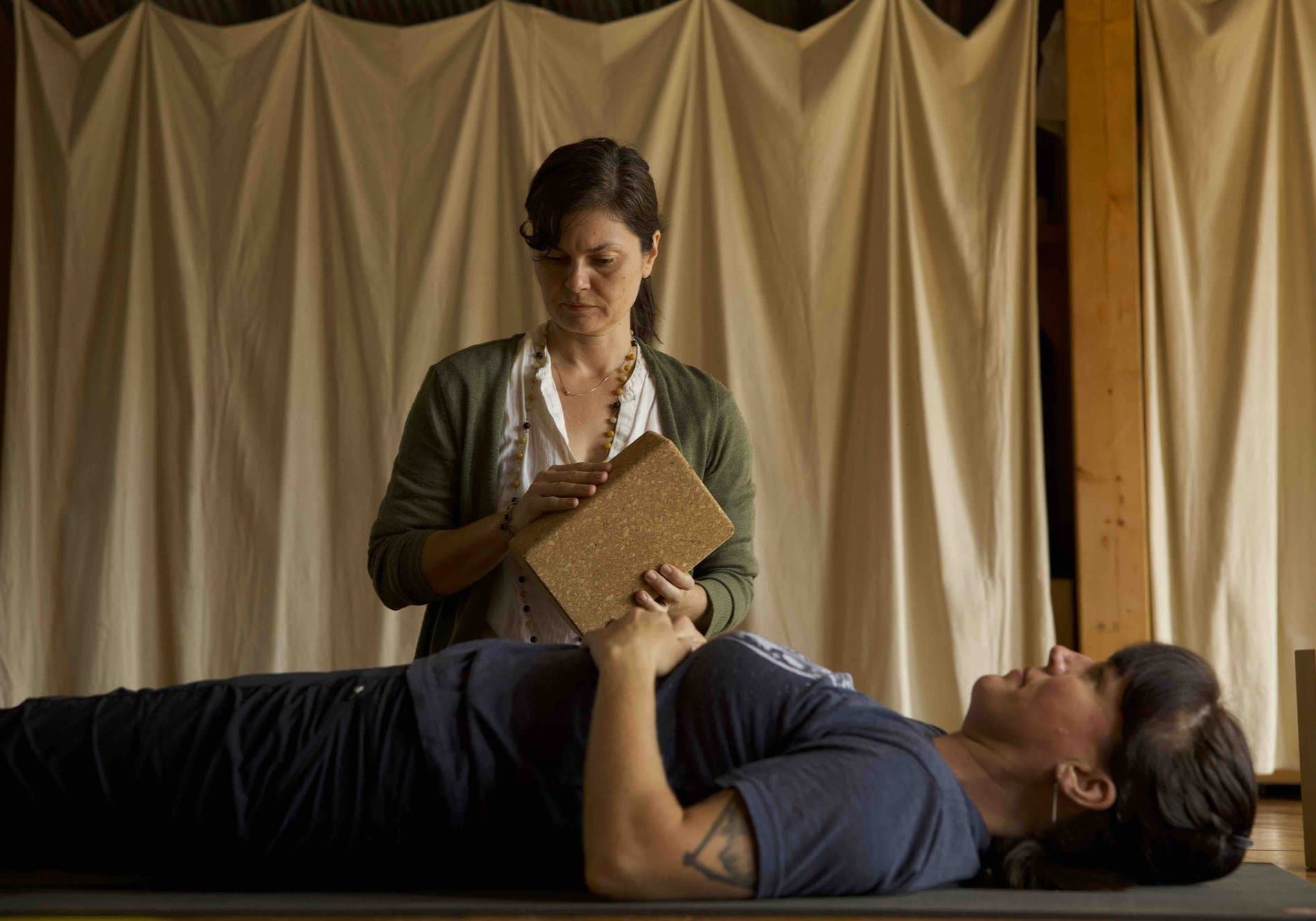
No-Touch Adjustments: A New Approach
No-touch adjustments are revolutionising the way yoga teachers guide students, shifting the emphasis from physical manipulation to a deeper understanding of alignment, awareness, and self-discovery.
Reading time: 2 minutes
This approach prioritises student agency, fosters an inclusive environment, and encourages practitioners to explore their own embodied experience.
A Paradigm Shift in Teaching
Traditional hands-on adjustments have long been a cornerstone of yoga instruction. They aim to help students achieve alignment, prevent injury, or deepen poses. However, as yoga has grown in popularity and diversified, so too has our understanding of students’ varied needs and preferences.
No-touch adjustments use verbal cues, demonstrations, and environmental prompts to guide students, allowing them to tune into their proprioceptive awareness. This fosters a practice that is not only safer but also more empowering, as students learn to feel and trust their bodies.
Benefits of No-Touch Adjustments
- Empowerment Through Awareness
No-touch adjustments help students become their own teachers. By emphasising internal sensation over external appearance, practitioners develop a stronger connection with their bodies, which often leads to greater confidence both on and off the mat. - Respecting Boundaries
Everyone arrives on the mat with their personal history, preferences, and comfort levels. No-touch adjustments honour personal boundaries, creating a safer, trauma-informed space for all. - Inclusivity
This approach levels the playing field for diverse populations. Whether due to cultural considerations, previous injuries, or personal preference, no-touch adjustments ensure that every student can fully participate without feeling pressured or singled out. - Refined Teaching Skills
Teachers relying on verbal cues sharpen their ability to communicate clearly and concisely. The challenge of articulating alignment, breath, and movement enhances their teaching, benefiting all students in the process.
The Mechanics of No-Touch Adjustments
There are several methods that teachers can use to guide students through asanas without physical contact. These techniques help students develop a deeper connection to their bodies and alignments while maintaining autonomy and safety.
A New Approach to Empowerment and Self-Discovery in Yoga.
- Verbal Cues
Clear, descriptive language is crucial in helping students fine-tune their body awareness. For example, instead of simply saying "Align your spine," a more specific cue might be, "Draw your chin slightly back and down, to bring the base of the skull over the tailbone." This encourages students to sense and engage their body awareness rather than rely on physical adjustments. - Demonstrations
Teachers can model poses, showing subtle variations to accommodate different body types and individuals with varying levels of experience. - Props and Environmental Support
Using props like blocks, straps, or walls gives students tangible feedback, helping them achieve alignment independently. - Somatic Inquiry
Cues like “Inquire into the sensation of grounding the feet into the mat” or "Sense the buoyancy created in the legs when the feet are active" invite students to engage actively with their practice.
A Practice of Listening
No-touch adjustments require teachers to truly pay attention—to their students, to the energy in the room, and to the subtle shifts in each moment. This attentiveness fosters a deeper connection between teacher and student, enhancing the transformative potential of yoga.
Conclusion
No-touch adjustments are not just a method but a philosophy: one that embraces yoga’s roots in self-inquiry and inner awareness. By stepping away from physical adjustments, teachers and students alike may cultivate a practice that is empowering, inclusive, and profoundly personal.
As the yoga community evolves, no-touch adjustments stand out as a modern, mindful approach to guiding practitioners toward deeper inner wisdom.

